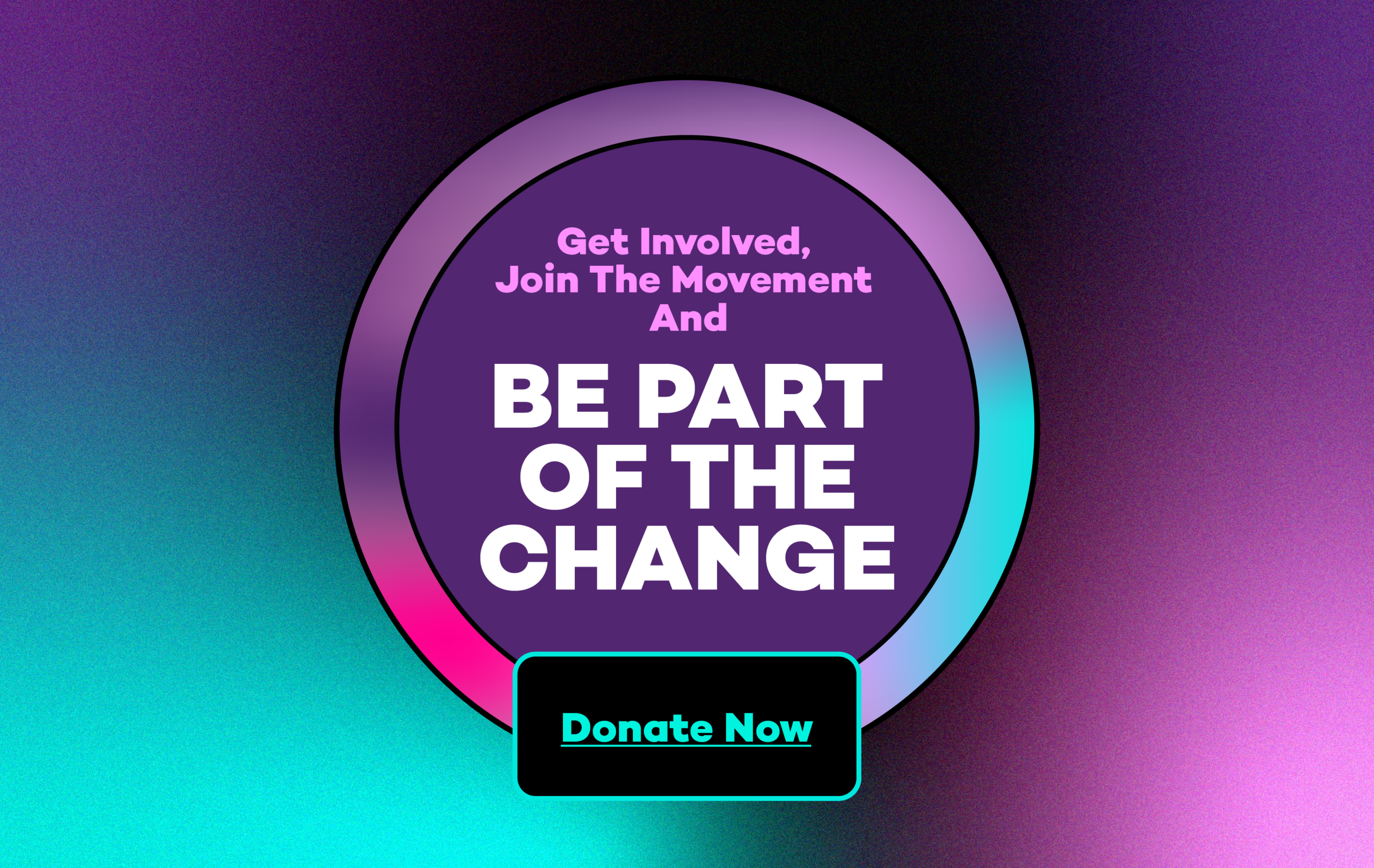Affordable Care Act Talking Points
- The Affordable Care Act matters to me because [share your personal story.] Note: This is the MOST important piece!
- Just under 25 million people have been able to afford insurance by purchasing it through the exchange.
- The Affordable Care Act is popular–recent Kaiser poll, 3 out of 4 do not support ending ACA.
- Many provisions are incredibly impactful and popular. 55 million women have benefited from having all FDA-approved contraceptive methods without a co-pay, including emergency contraception. Nearly 3 in 5 women have stated they have struggled to afford birth control at some point, including 57% of young Latinas and 61% of young Black women.
- Other very popular provisions include preventive screening for cervical and breast cancer, BRCA1 and BRCA2 genes, and osteoporosis, and the stipulation that women can’t be charged more than men just because of their gender.
State specific talking points
Alaska:
As of June 2016, 156,000 people are covered under medicaid, including 33,000 who were newly enrolled since the Medicaid expansion in September. 42,000 additional people are newly eligible for coverage.
Arizona:
Nearly half a million Arizonans enrolled in Medicaid following Gov. Brewer’s decision to accept expansion. A vote to repeal the Affordable Care Act would jeopardize vital health coverage for the most vulnerable Arizonans.
Iowa:
More than 600,000 Iowans are covered thanks to the Medicaid expansion. (note: The state received a waiver to privatize Medicaid and that system is in place. They get money from the federal government.)
Indiana:
Following the expansion, enrollment in Medicaid soared by a third and now 1.4 million people in Indiana are enrolled, with 320,000 more people eligible for coverage under the expansion.
Maine:
Medicaid in Maine has not expanded. This leaves an estimated 24,000 Mainers without coverage who would be eligible under expansion.
Missouri:
Medicaid in Missouri has not expanded. An estimated 109,000 Missourians would be eligible to get health insurance under expansion.
North Dakota:
North Dakota expanded Medicaid in October 2013. From the fall of 2013 to July 2016, total Medicaid and CHIP enrollment in North Dakota increased by 28%, from 69,980 to 89,460 enrollees, a broad increase which can’t be attributed to economy or population movement.
Nevada:
Nevada expanded Medicaid in 2013. Enrollment increased a whopping 83% from 2013-2016, which equals 276,000 Nevadans who are now covered.
Ohio:
Ohio’s 2013 expansion of Medicaid took effect in 2014. During the first open enrollment period (October 2013 through April 2014), 156,000 Ohio residents were enrolled in Medicaid or CHIP. Net enrollment increased by 611,000 people from fall 2013-June 2016. Ohio also saw a 45% reduction in uninsured rate from 2013-2015. Today, 2.9 million people are enrolled and Gov. Kasich supported expansion.
West Virginia:
West Virginia’s expansion of Medicaid took effect on January 1, 2014. Under the new eligibility guidelines, West Virginia’s Medicaid enrollment grew by 218,000 people between the fall of 2013 and June 2016, representing an increase of 62%. That increase includes people who were already eligible (but not yet enrolled) prior to 2014. However, even if we only consider the Medicaid expansion population, enrollment had grown by 164,400 people as of the end of June 2015, and by 178,000 as of August 2016. That’s significantly more than the 93,000 people that West Virginia had projected to enroll by 2020 under the expanded eligibility guidelines.
